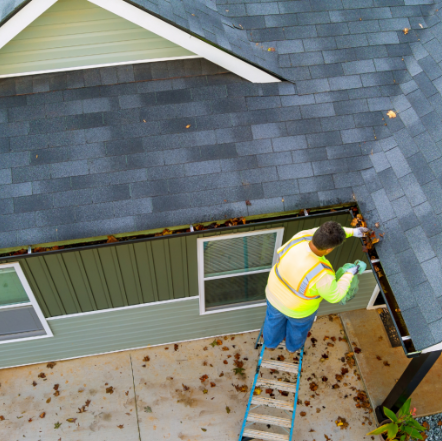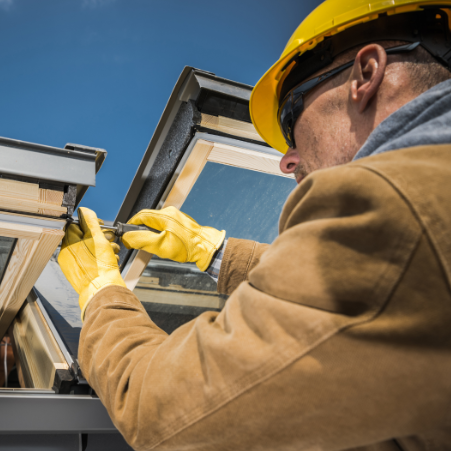Roof maintenance is a critical aspect of facility management, ensuring the longevity, performance, and safety of buildings. A well-designed roof maintenance plan is essential for preventing costly repairs, minimizing disruptions, and extending the lifespan of roofing systems. The first step in developing roof maintenance plans is conducting a comprehensive initial assessment of the existing roofing system. This assessment should include inspecting the roof’s condition, identifying any existing issues or vulnerabilities, and documenting the type and age of the roofing materials. Gathering this information provides a baseline for future maintenance activities and helps prioritize tasks based on urgency and importance. Clearly define the objectives and priorities of the roof maintenance plan. Are you aiming to extend the lifespan of the roof, minimize leaks, or enhance energy efficiency? Identifying specific goals allows you to tailor your maintenance activities accordingly and allocate resources effectively. Prioritize tasks based on factors such as safety concerns, regulatory requirements, and potential cost savings. Make sure to create a detailed maintenance schedule outlining the frequency and scope of maintenance activities. This schedule should include regular inspections, preventive maintenance tasks, and periodic repairs. Consider factors such as climate, seasonal changes, and the type of roofing materials when determining the frequency of inspections and maintenance. A proactive approach to maintenance can help identify and address issues before they escalate into costly problems. Proactive preventive maintenance is key to preventing premature roof failures and minimizing the need for major repairs or replacements. Regularly scheduled maintenance can help identify potential issues early on and extend the lifespan of the roofing system. Keeping detailed documentation serves as a valuable reference for tracking the history of the roofing system, identifying recurring issues, and demonstrating compliance with regulatory requirements. Use digital tools or software systems to organize and store maintenance records for easy access and analysis. It is also important to monitor the performance of the roof regularly and adjust the maintenance plan as needed based on changing conditions or emerging issues. Incorporate feedback from maintenance personnel, building occupants, and external experts to identify areas for improvement and refine maintenance strategies over time. Our Services
Roof Maintenance Plans




In Need of Roof Maintenance Plans?
- Who We Are
- What We Do
Explore Our Building Enclosure Services by Role
Contractors & Construction Professionals
With BECI You Can:
Developers, Architects & Designers
With BECI You Can:
- Join Our Team
- Resources

